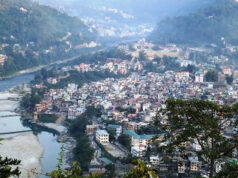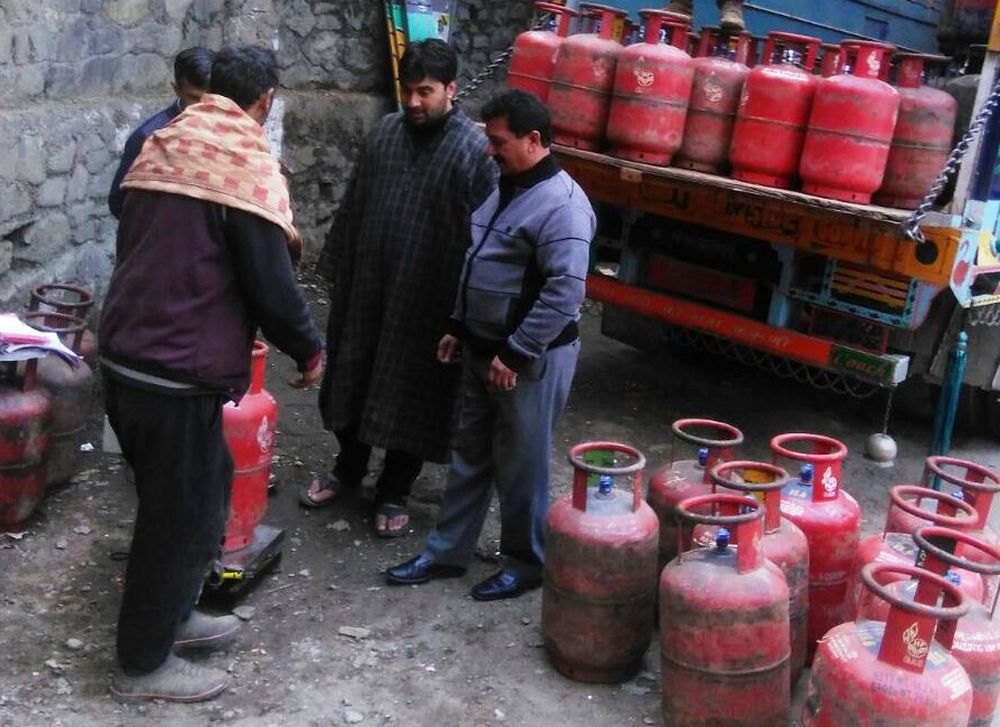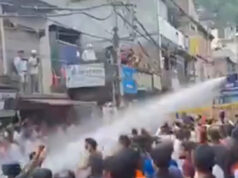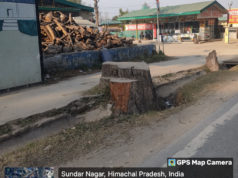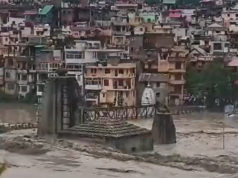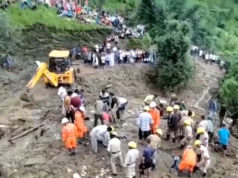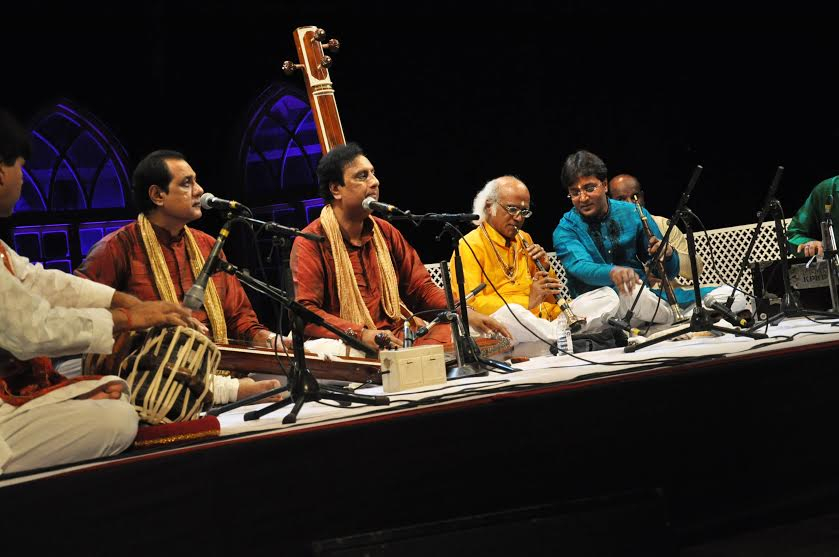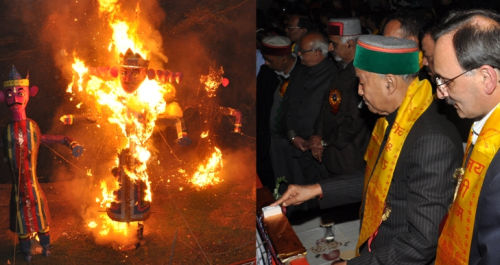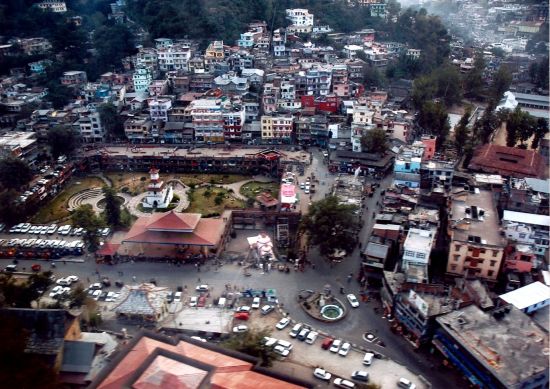Mandi is fourth largest district of the state of Himachal Pradesh by area. Mandi lies in north-west Himalayas and is situated at a distance of 153 kilometers from the state capital, Shimla.
Located at an altitude of 1,044 metres, historic Mandi town is built along the banks of the river Beas. It was formerly known as Mandav Nagar as it is said that Great Sage Rishi Mandav prayed here.
It’s now known name ‘Mandi’ is borrowed from Hindi, which means market. On 15 April 1948 by merging two princely states Mandi State and Suket, the present district of Mandi was formed.
Mandi town had one of the oldest buildings of the state and the city has remains of old palaces and illustrious examples of colonial architecture, which lure many tourist here.
Mandi, the gateway to Kullu valley, is well-known for its 81 old stone temples with extra ordinary carvings. In total there are about 300 old and new temples in the town and that is the reason the place is also referred as Chhoti Kashi or Varanasi of the Hills.
Most of the temples here are dedicated to Lord Shiva and the Goddess Kali. Some of the famous temples are Bhutnath, Trilokinath, Panchvaktra, Prashar, Shikari Devi and Shyamakali.
The Annual International Shivratri fair is one of the major attractions of the town which is celebrated over a week’s period.


